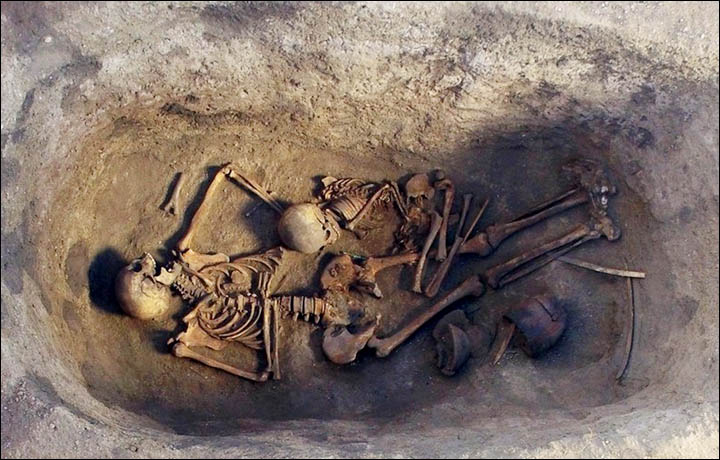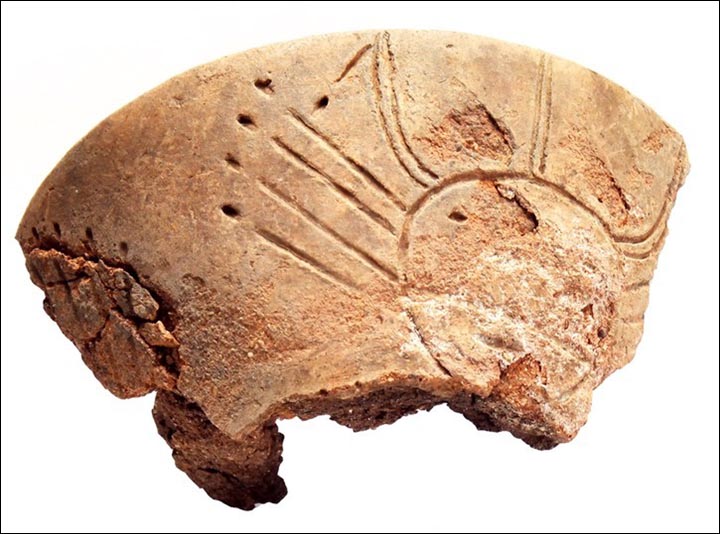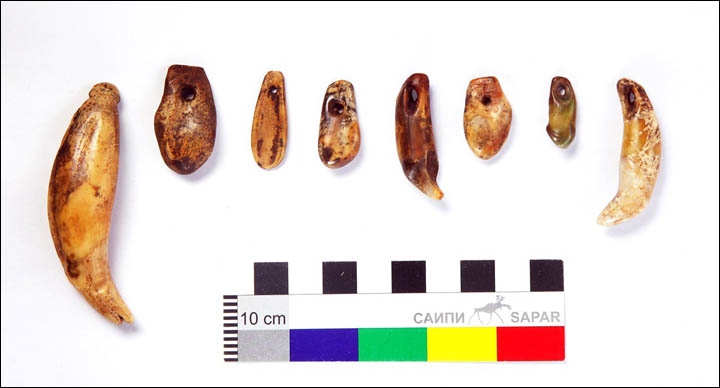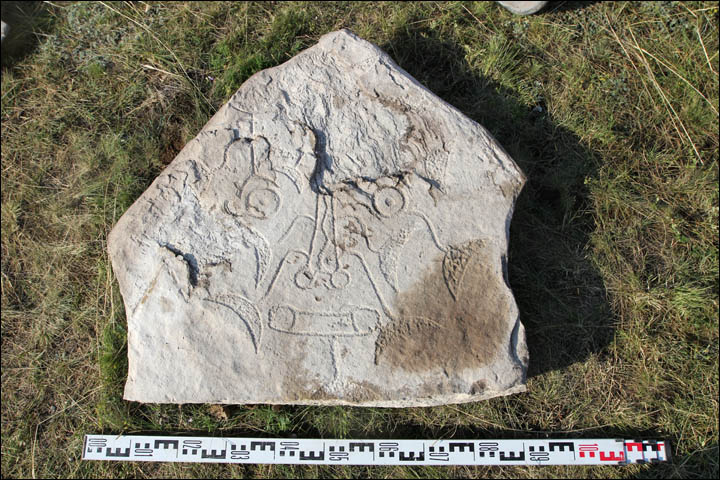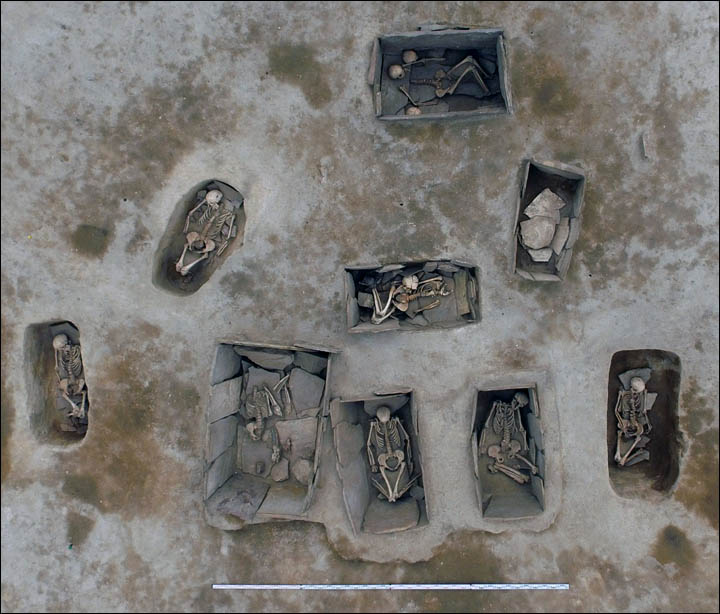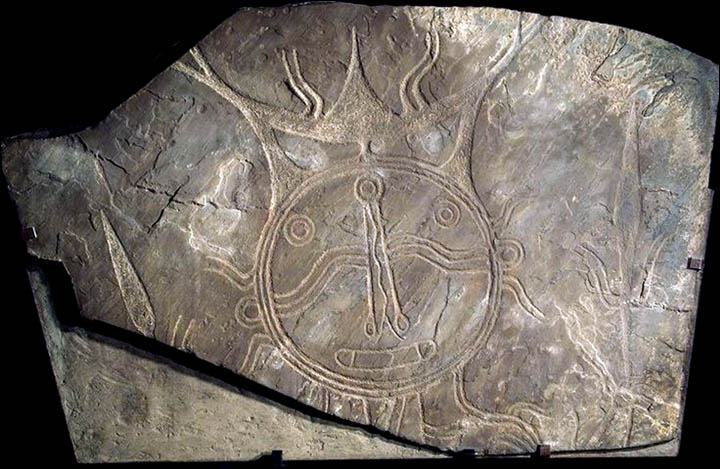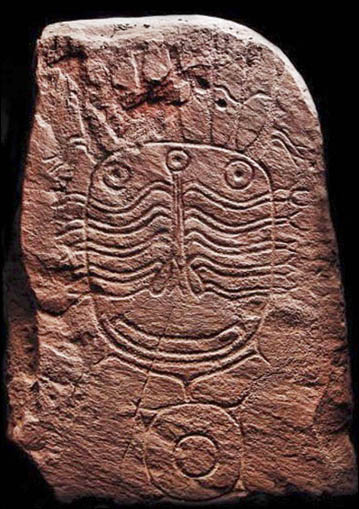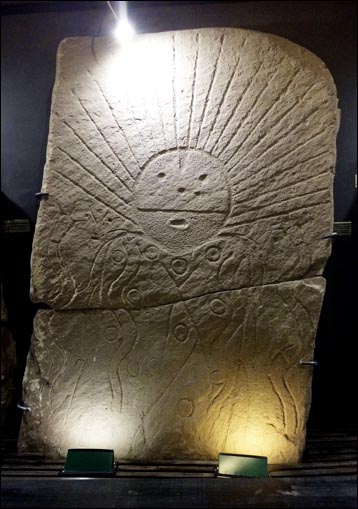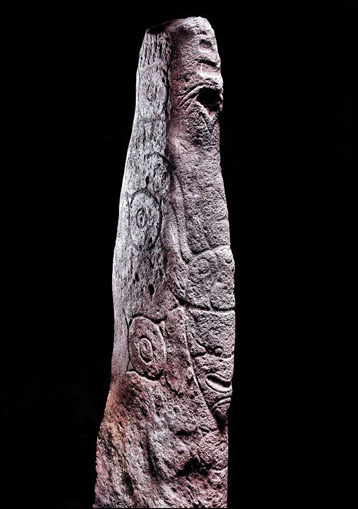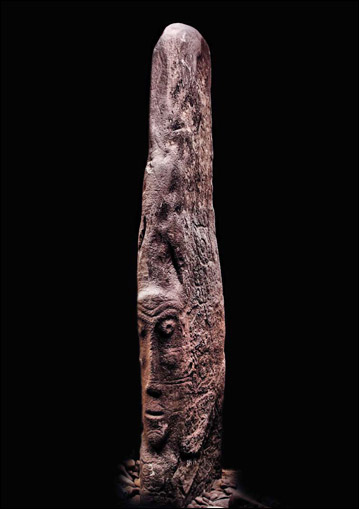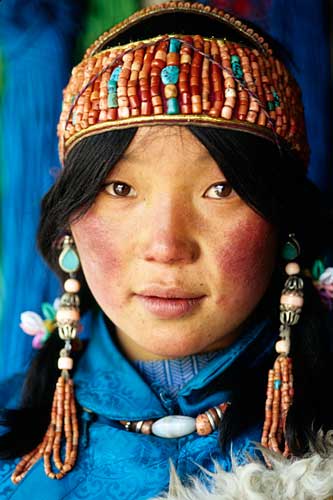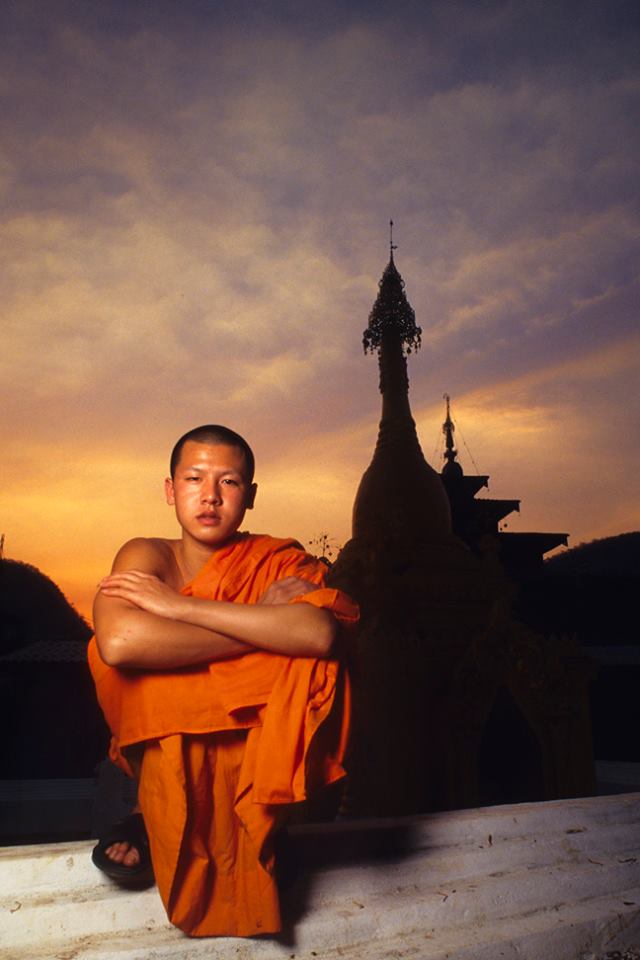stitches together human history
By The Siberian Times reporter
23 August 2016
'Sensational' discovery in Denisova Cave is at least 50,000 years old BUT it wasn't made by Homo sapiens.
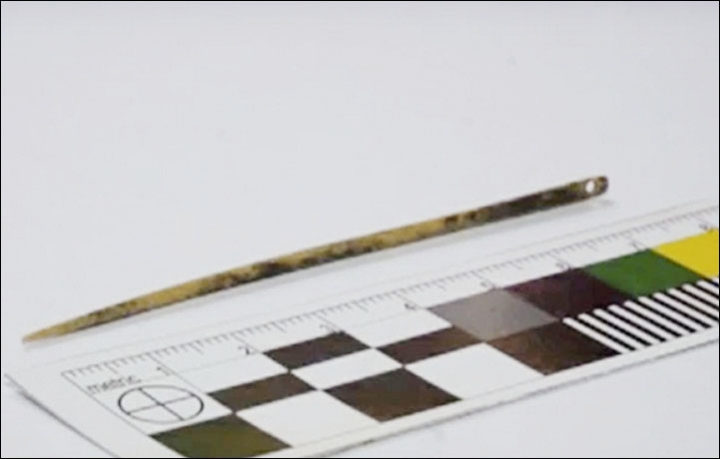
The needle is seen as providing proof that the long-gone Denisovans - named after the cave - were more sophisticated than previously believed. Picture: Vesti
The 7 centimetre (2 3/4 inch) needle was made and used by our long extinct Denisovan ancestors, a recently-discovered hominin species or subspecies.
Scientists found the sewing implement - complete with a hole for thread - during the annual summer archeological dig at an Altai Mountains cave widely believed to hold the secrets of man's origins. It appears to be still useable after 50,000 years.
Professor Mikhail Shunkov, head of the Institute of Archaeology and Ethnography in Novosibirsk, said: 'It is the most unique find of this season, which can even be called sensational.
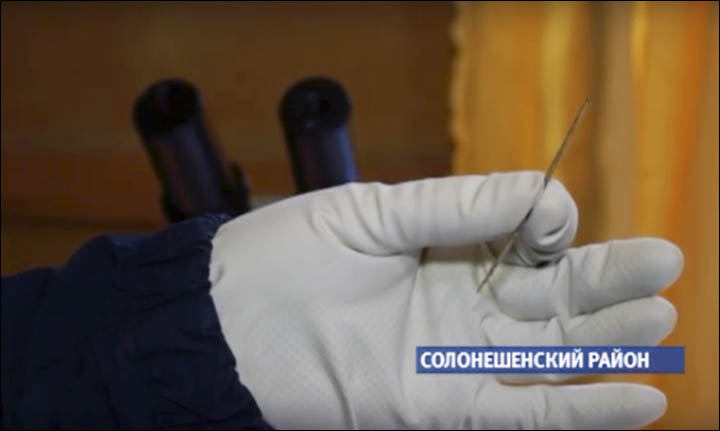
It appears to be still useable after 50,000 years. Picture: Vesti
'It is a needle made of bone. As of today it is the most ancient needle in the word. It is about 50,000 years old.'
The needle is seen as providing proof that the long-gone Denisovans - named after the cave - were more sophisticated than previously believed. It predates by some 10,000 years an intricate modern-looking piece of polished jewellery made of chlorite by the Denisovans.
It was made of the bone of a large and so far unidentified bird.
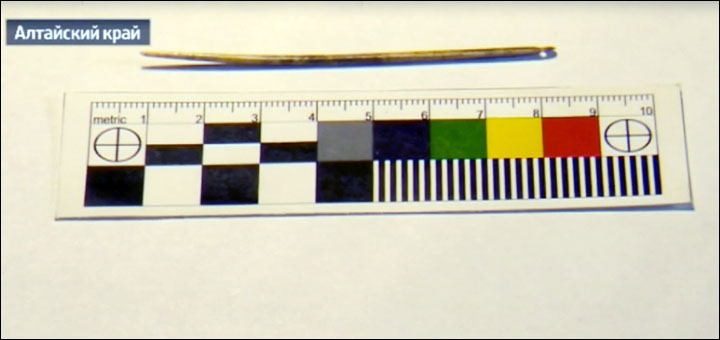
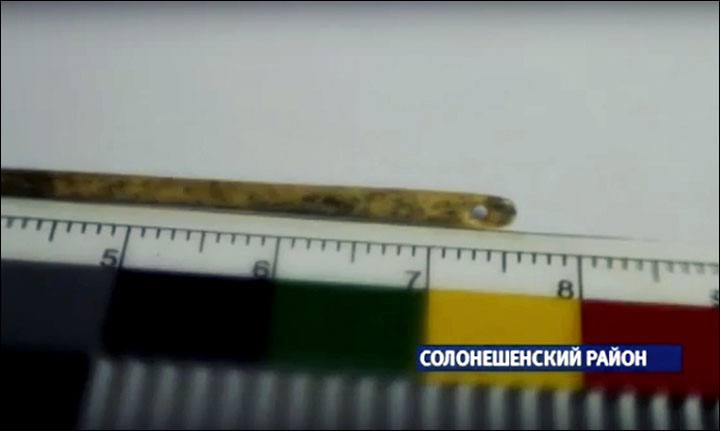
The 7 centimetre (2 3/4 inch) needle was made and used by our long extinct Denisovan ancestors, a recently-discovered hominin species or subspecies. Pictures: Russia 24, Vesti
Dr Maksim Kozlikin, head of the excavations at Denisova cave, said: 'The length of this needle is 7 centimetres, 6 millimetres. It is the longest needle found in Denisova cave. We have found needles before, but in 'younger' (archeological) layers.'
The needle rewrites history since the previous oldest such object dates to some 40,000 years ago, according to Russian scientists. It is assumed that the newly-found needle was made by Denisovans, as it was found in the same layer where Denisovan remains were previously found.
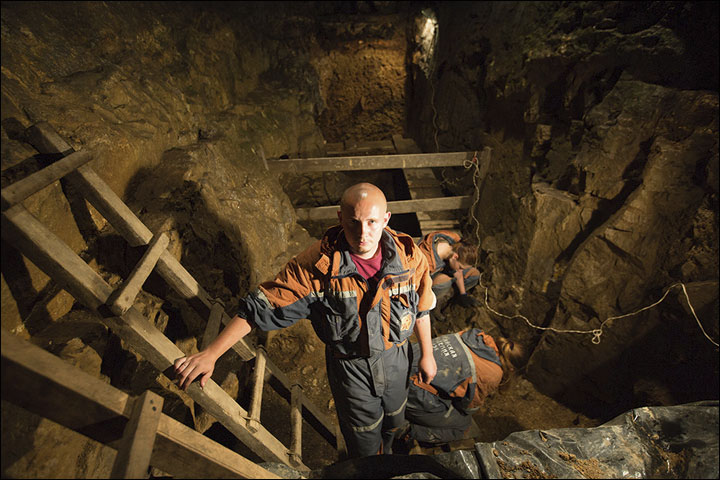
Dr Maksim Kozlikin, head of the excavations at Denisova cave: 'It is the longest needle found in Denisova cave.' Picture: Vera Salnitskaya
The cave has provided a succession of revelations about ancient man. It was here in 2008 that Siberian scientists discovered a finger bone fragment of 'X woman', a juvenile female believed to have lived around 41,000 years ago.
Analysis showed she was genetically distinct from Neanderthals and modern humans. In 2010 analysis on an upper molar from a young adult, found in the cave ten years previously, showed the tooth was also from a Denisovan.
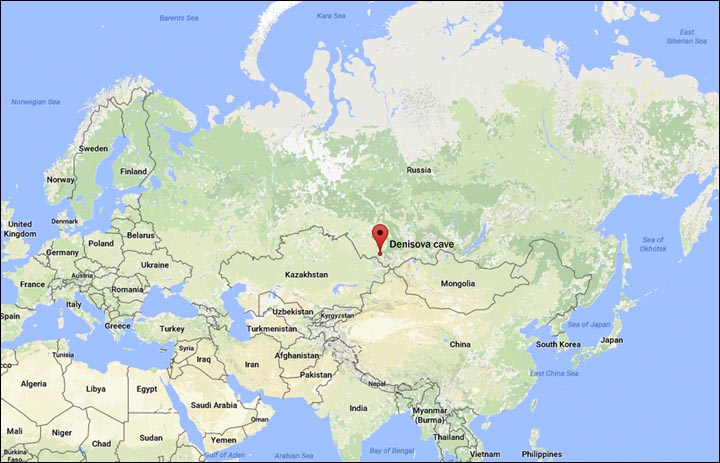
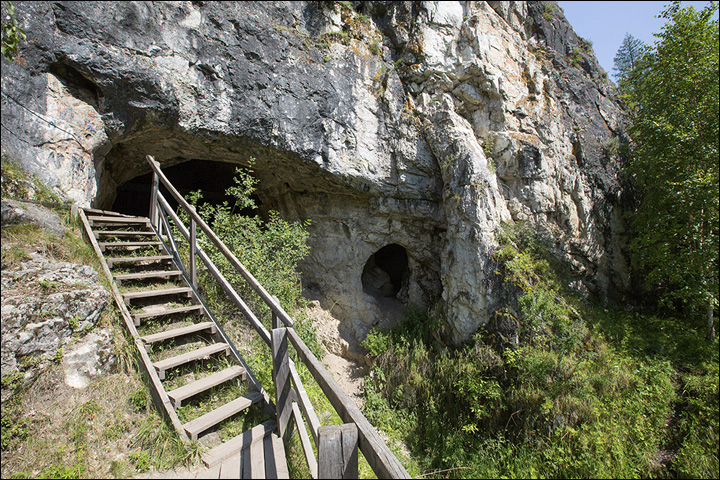
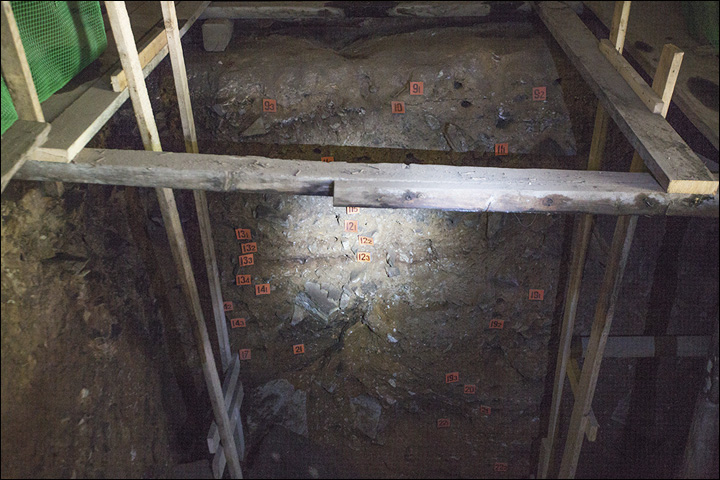
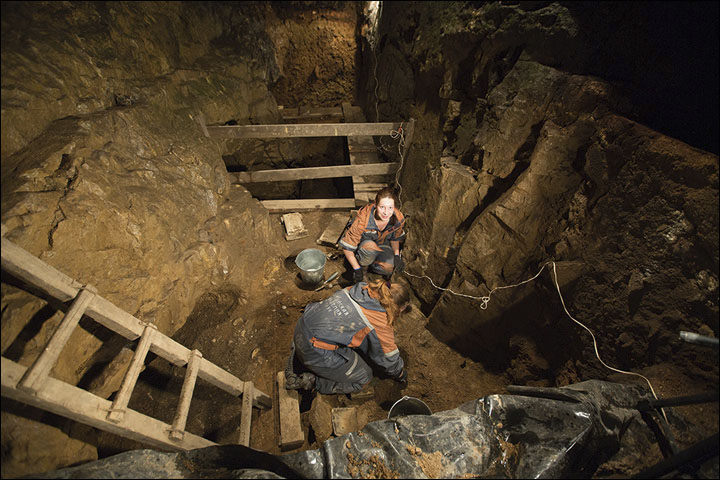
The cave lies in the Altai Mountains around 160 kilometres (100 miles) south of the city of Barnaul. Picture: Vera Salnitskaya
Layers of the cave's flooring show that it has been occupied by humans for 282,000 years. Scientists believe that Denisovan remains date back up to 170,000 years ago.
The bracelet was discovered in 2008, and scientists have since suggested it showed the Denisovans to be more technologically advanced than Home sapiens or Neanderthals.
Scientists found that a hole had been drilled in part of the bracelet with such precision that it could only have been done with a high-rotation drill similar to those used today.

Professor Mikhail Shunkov, head of the Institute of Archaeology and Ethnography in Novosibirsk, said: 'It is the most unique find of this season, which can even be called sensational.' Picture: IAET SB RAS
It was also carefully polished and grinded, with a heavy pendant added in the centre, probably hanging from a short leather strap. The cave has also provides evidence of cross-breeding between modern Homo sapiens with both Neanderthals and Denisovans.
Additionally, it has provided proof that early man surged out of Africa some 35,000 years earlier than was assumed by experts.
'It is the first genetic evidence of modern humans outside Africa,' said Sergi Castellano, a scientist at the Max Planck Institute for Evolutionary Anthropology, earlier this year.
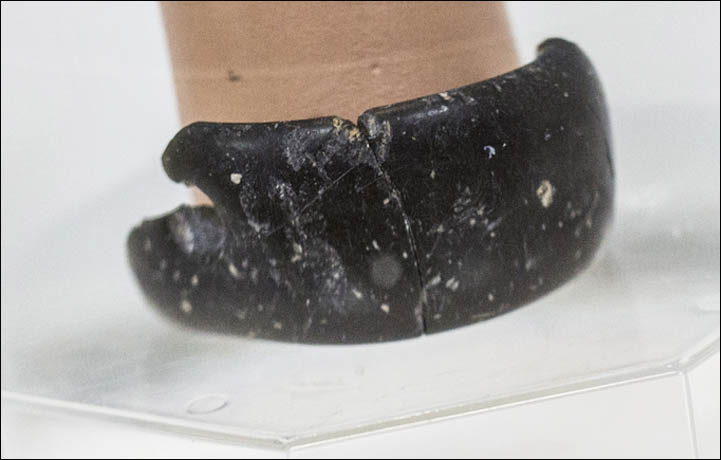
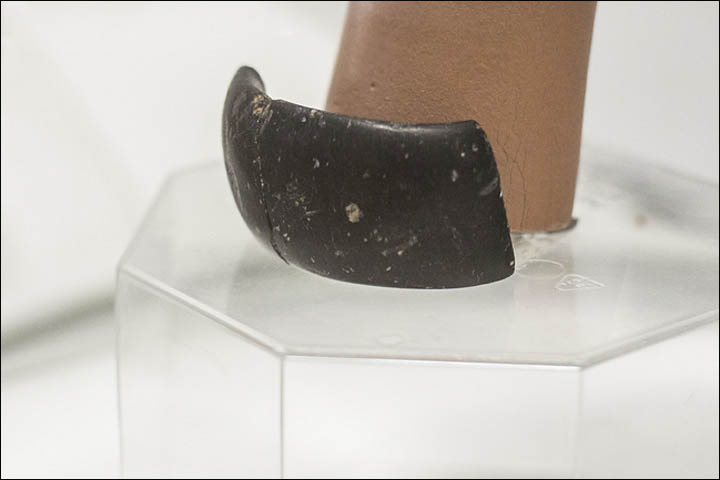
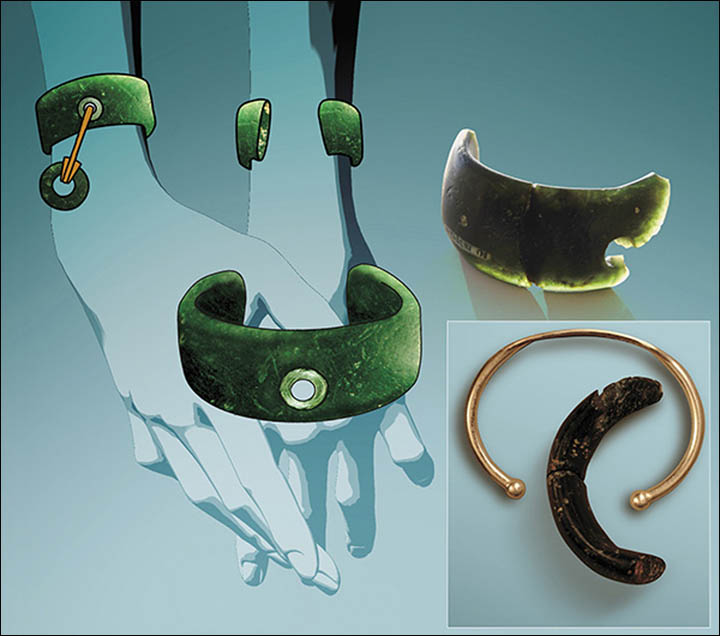
The bracelet was carefully polished and grinded, with a heavy pendant added in the centre, probably hanging from a short leather strap. Pictures: Vera Salnitskaya, Anastasia Abdulmanova
The cave lies in the Altai Mountains around 160 kilometres (100 miles) south of the city of Barnaul. Prof Shunkov said: 'We can confidently say that Altai was one of the cultural centres... the modern human was formed.'
Scientist Svante Paabo, from the Max Planck Institute, in Leipzig, Germany, has said: 'The one place where we are sure all three human forms have lived at one time or another is here in Denisova Cave.'
The Institute of Archaeology and Ethnography is part of the Siberian Branch of the Russian Academy of Sciences.









